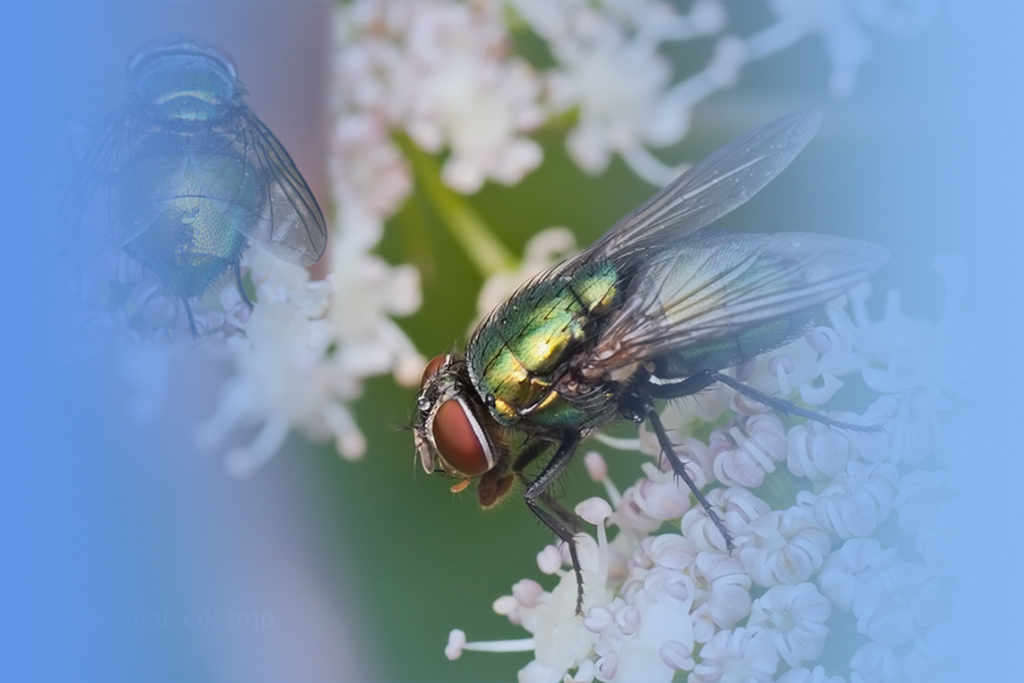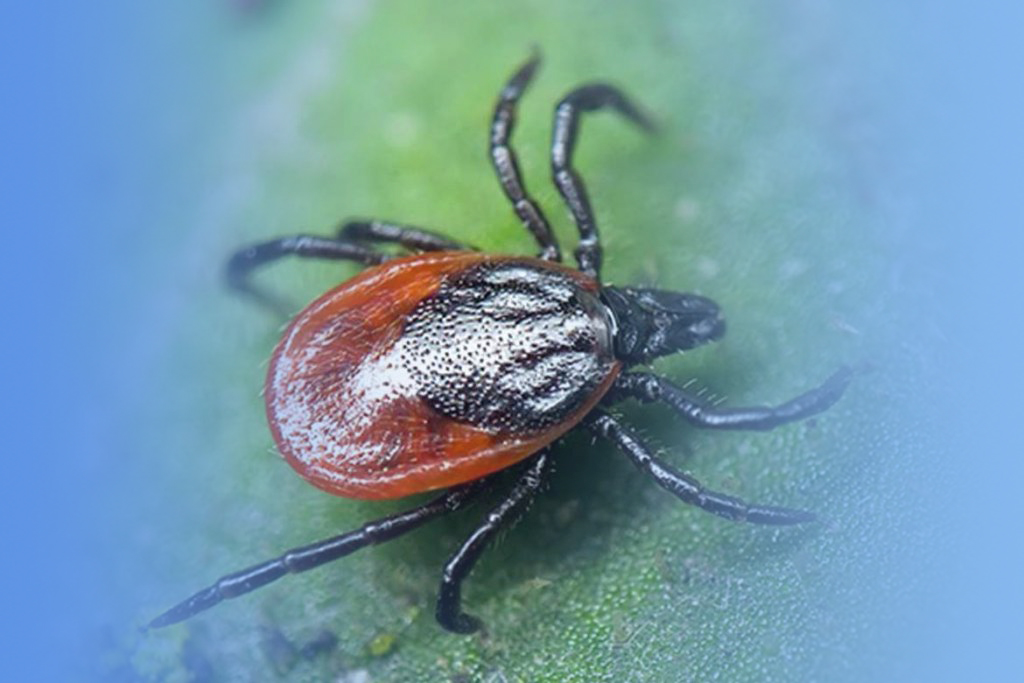LIAO Dong, LIU Zi-yuan, LIU Cheng-fu, CUI Lian-ying, WU Wen-bo, ZHAO Jia
Chines Journal of Vector Biology and Control. 2011, 22(5): 492-494.
Objective To identify the dynamics and distribution of the dengue mosquito population in Kaijiang county, Sichuan province for effective dengue fever control and prevention. Methods The container index of Aedes albopictus mosquitoes was examined at different habitats of Kaijiang county from June to October, 2010. Adult mosquitoes were captured on human baits to calculate the adult mosquito density. Results The average container index of mosquito larvae was 6.25% after investigation of 2639 water containers and 165 positive habitats. This index ranged from 1.65% to 12.07% from June to October with difference between months (χ2=71.50,P<0.01). As for different habitats, the highest index was found in special habitats (38.83%), followed by mountainous woods (18.18%), and farmland (16.53%), while others ranged between 2.40% to 6.69% in other places, with statistically significant differences (χ2=271.89,P<0.01). As for containers, the highest index was found in waste tires (38.83%), while others ranged from 2.03% to 12.77% with statistical differences (χ2=216.05,P<0.01). The overall adult density was 4.47/man-hour, which ranged between 2.67 to 6.50/man-hour from June to October but, there was no statistical difference between months (t=0.09-1.31,P>0.05). The highest density was found in mountainous woods (9.60), followed by farmland (7.40) and special places (5.80), which were obviously higher than those in other environments (1.00-2.00) (t= 2.78-3.64,P<0.05). Conclusion As dengue mosquitoes, Ae. albopictus, were widely distributed in the county, it is important to implement prevention and control measures against the disease.



